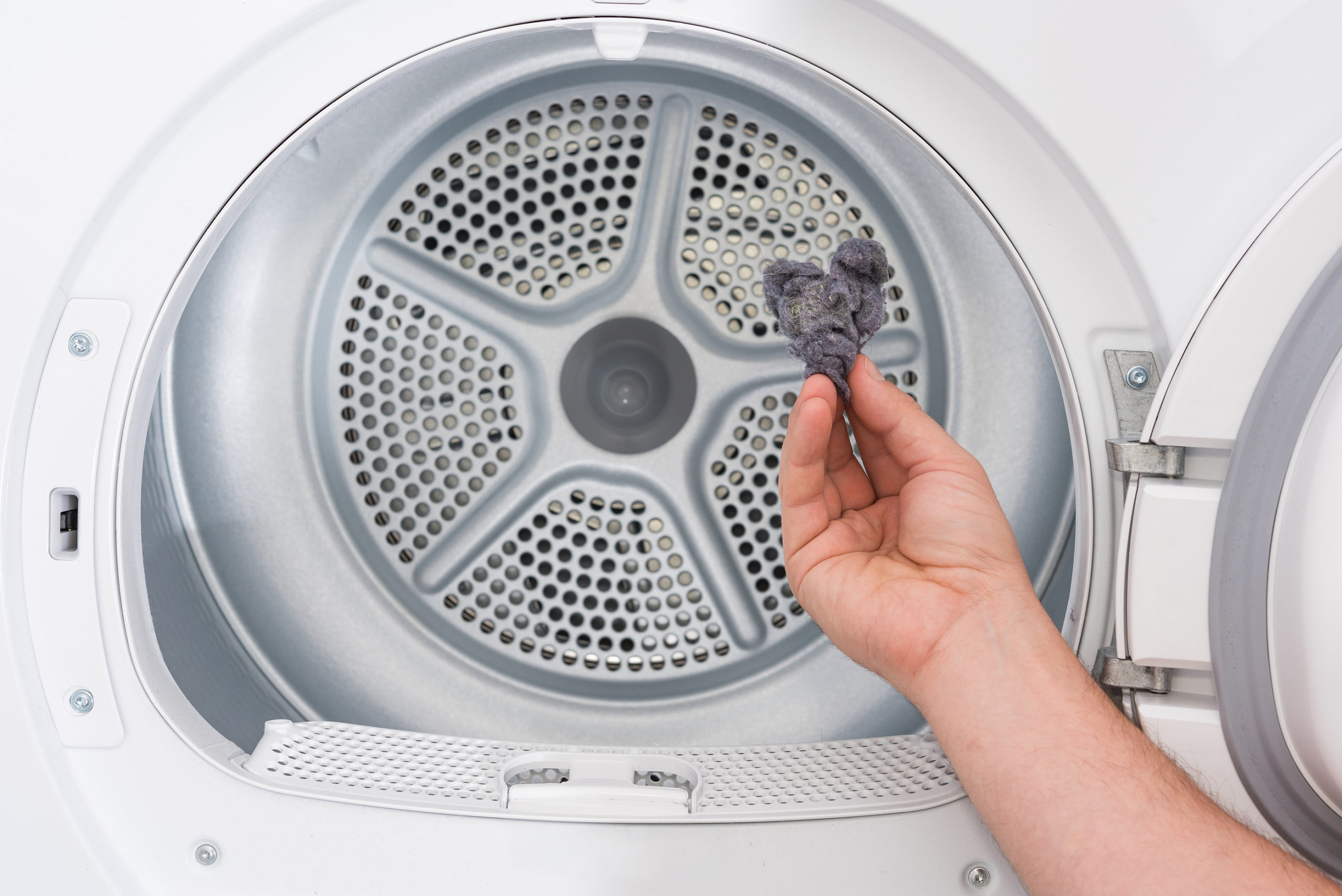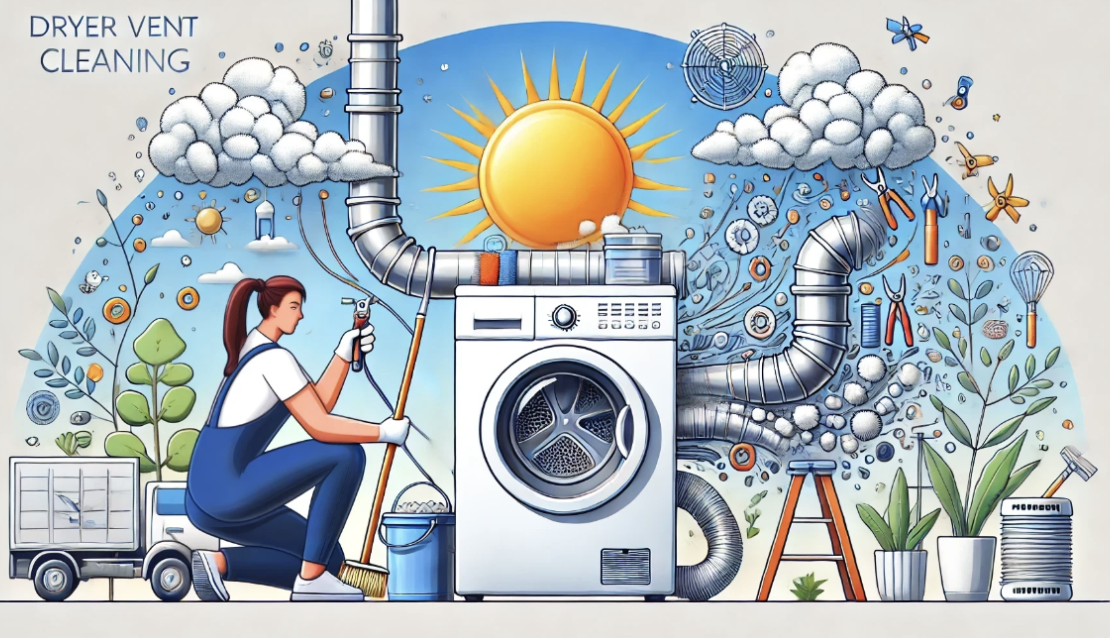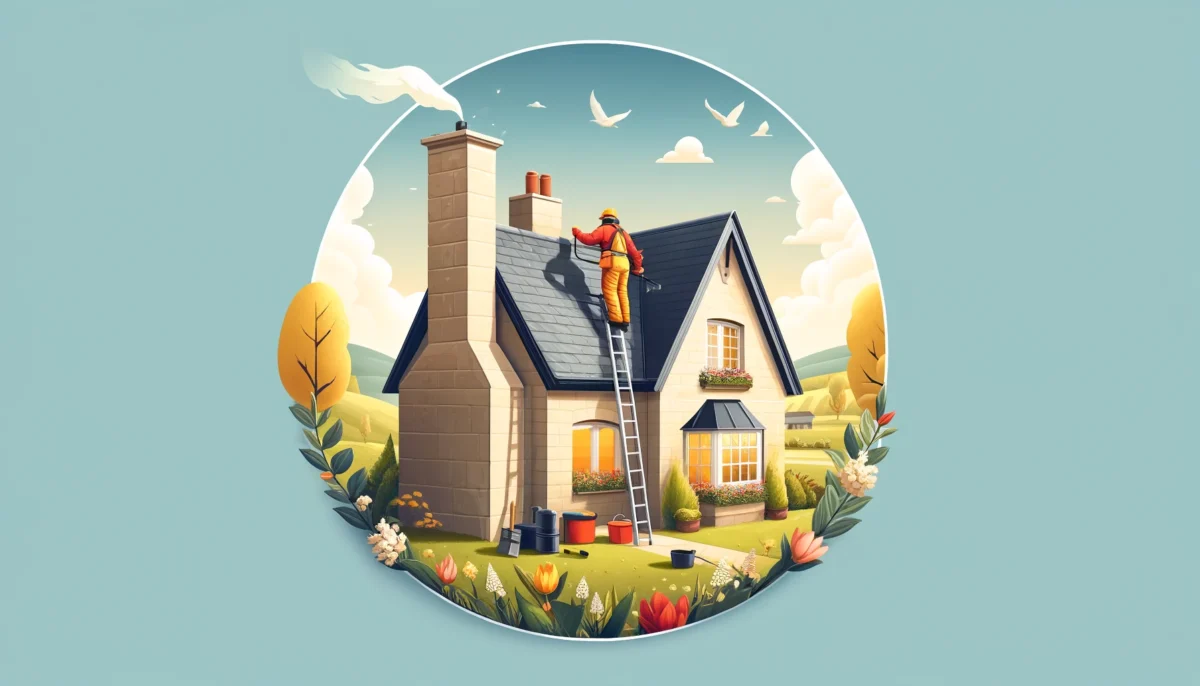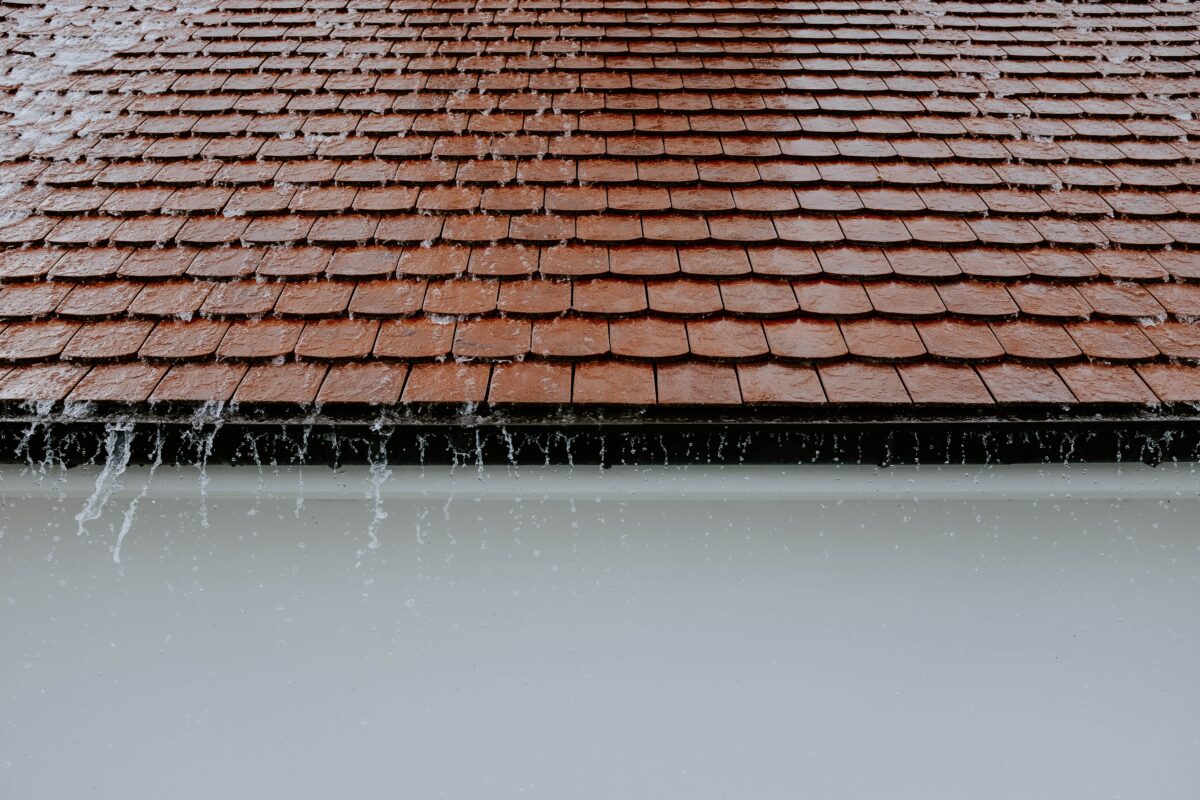The dryer feels hotter than usual, the clothes are taking forever to dry, and a faint burning smell lingers in the air.
If this sounds familiar, you may have a clogged dryer vent that requires professional cleaning. Not only does a clogged dryer vent hinder your laundry routine, but it can also pose a serious fire hazard to your home. Lint, the byproduct of drying clothes, is highly flammable, and when trapped in a clogged vent, it can easily ignite.
The good news? Regular dryer vent cleaning is a simple and effective way to prevent these problems. It ensures your dryer operates at peak efficiency, saving you time and money on your energy bills.
But with so much on our to-do lists, when should dryer vent cleaning become a priority? Is there a specific time of year that’s better than others? And how often should dryer vents be professionally cleaned?
Believe it or not, summer might be the perfect opportunity to tackle this important task. Read on to learn how often you should have your dryer vents cleaned professionally and why summer might be the most convenient and beneficial time to do it!
How Often Should Dryer Vents Be Professionally Cleaned?
While there’s no one-size-fits-all answer, most experts recommend professional dryer vent cleaning at least once a year. However, several factors can influence how often your specific system needs attention:
- Laundry Volume: The more laundry you dry each week, the faster lint accumulates in your vents. If you have a large family or do frequent loads, consider cleaning more often, perhaps every six months.
- Vent Length and Complexity: Longer vents with multiple bends and turns trap lint more readily. Straight, shorter vents may require cleaning less frequently.
- Presence of Pets: Pets shed fur and dander, which can contribute significantly to dryer vent clogs. If you have furry friends, consider annual cleanings a minimum.
- Vent Material and Connections: Flexible foil or plastic vents are more prone to trapping lint than rigid metal ones. Additionally, vents with taped or poorly sealed connections pose a higher risk of blockage.
It’s important to remember that a clogged dryer vent is a fire hazard. Lint is highly flammable, and restricted airflow caused by a clog can significantly increase dryer temperatures, creating the perfect conditions for a fire. Regular cleaning helps mitigate this risk and ensures your dryer operates safely and efficiently.
Why Summer is a Great Time for Dryer Vent Cleaning
While dryer vent cleaning doesn’t have to be limited to any particular season of the year, summer offers some unique advantages:
- Reduced Drying Times: Hot, humid summer weather can make clothes dry slower, especially with a clogged vent. A professional cleaning ensures optimal airflow, leading to faster drying times and lower energy bills.
- Peak Performance Before Fall/Winter: Fall and winter often see a surge in laundry loads with colder weather and heavier clothing. Cleaning your vents in summer prepares your dryer for this increased workload, ensuring it operates efficiently when you need it most.
- Beat the Rush: Many homeowners wait until winter, when dryer usage peaks, to schedule cleaning. By tackling it in summer, you avoid potential scheduling conflicts and ensure your vents are cleaned before the busy season hits.
If you’re looking to take advantage of the benefits of summer dryer vent cleaning, reach out to us at The Irish Sweep! We’re offering a special summer discount on our professional cleaning services: $265 (dryer vent cleaning) + $37 sanitation fee. That’s a $60 savings, valid through September 30th, 2024!

Additional Maintenance Tips for Dryer Efficiency
Beyond professional cleaning, a few simple maintenance practices can keep your dryer running smoothly and efficiently all year long. By incorporating these tips into your laundry routine, you’ll experience faster drying times, lower energy bills, and ultimately, extend the lifespan of your appliance.
Here are some key areas to focus on:
- Clean the Lint Trap After Every Use: This might seem obvious, but it’s worth reiterating. Lint buildup is the arch-nemesis of dryer efficiency. A clogged lint trap restricts airflow, forcing your dryer to work harder and longer to dry your clothes. This translates to longer drying times, increased energy consumption, and increased risk of fire. Make cleaning the lint trap a habit after each drying cycle – it’s a quick and easy step that yields big benefits.
- Ensure Proper Ventilation: Just like any appliance, your dryer needs to breathe. Avoid pushing the dryer too close to the wall, as this restricts airflow and prevents optimal performance. Additionally, make sure the outside vent flap opens freely and isn’t blocked by anything like furniture or plants.
- Regularly Check and Clean the Outside Vent: The outside vent is another often-overlooked area that can significantly impact dryer efficiency. Debris like leaves, twigs, bird nests, or even cobwebs can accumulate around the vent cover, hindering airflow and causing drying delays. Inspect the vent cover regularly, especially after heavy storms or periods of high winds. Remove any obstructions and consider using a vacuum cleaner with a long attachment to clean the outside vent area.
- Avoid Overloading: It can be tempting to cram as many clothes as possible into the dryer to get the job done faster. However, overloading your dryer is counterproductive. Densely packed clothes restrict airflow, forcing the dryer to work harder and take longer to dry the load. Stick to the recommended load capacity for your dryer to ensure efficient drying and prevent unnecessary wear and tear on the appliance.
By following these simple maintenance tips, you can keep your dryer running smoothly and efficiently all year long. Remember, a little preventative maintenance goes a long way in saving you time, money, and the potential hassle of a dryer malfunction down the road.
Summer Cleaning, Year-Round Benefits: Keep Your Dryer Safe and Efficient
Regular dryer vent cleaning is a vital part of home maintenance. It ensures your dryer operates efficiently, saves you money, and most importantly, minimizes the risk of fire hazards. By taking advantage of the benefits of summer cleaning and our special offer, you can enjoy peace of mind and optimal dryer performance for months to come.
Don’t wait until fall to tackle clogged dryer vents! Schedule your professional cleaning with The Irish Sweep this summer and enjoy the benefits of:
- Faster drying times and lower energy bills
- Improved dryer performance before peak usage
- Avoiding scheduling delays during busy winter months
Plus, take advantage of our special summer promotion! Call us today at 510.521.4088 or fill out our contact form to schedule an appointment online. Let’s keep your dryer running smoothly and safely all year round.



